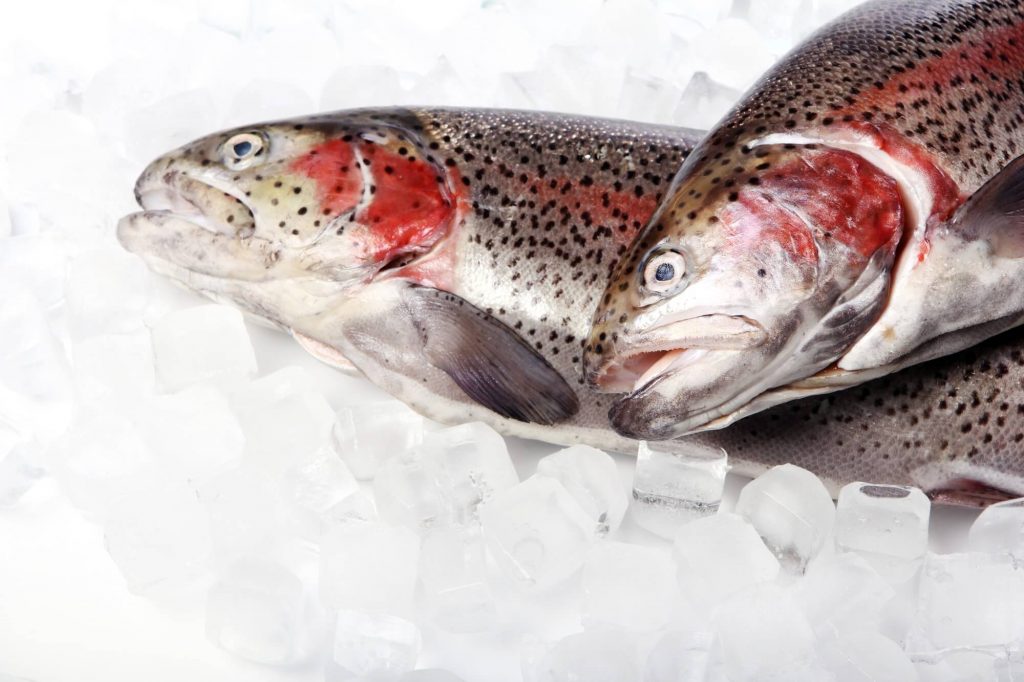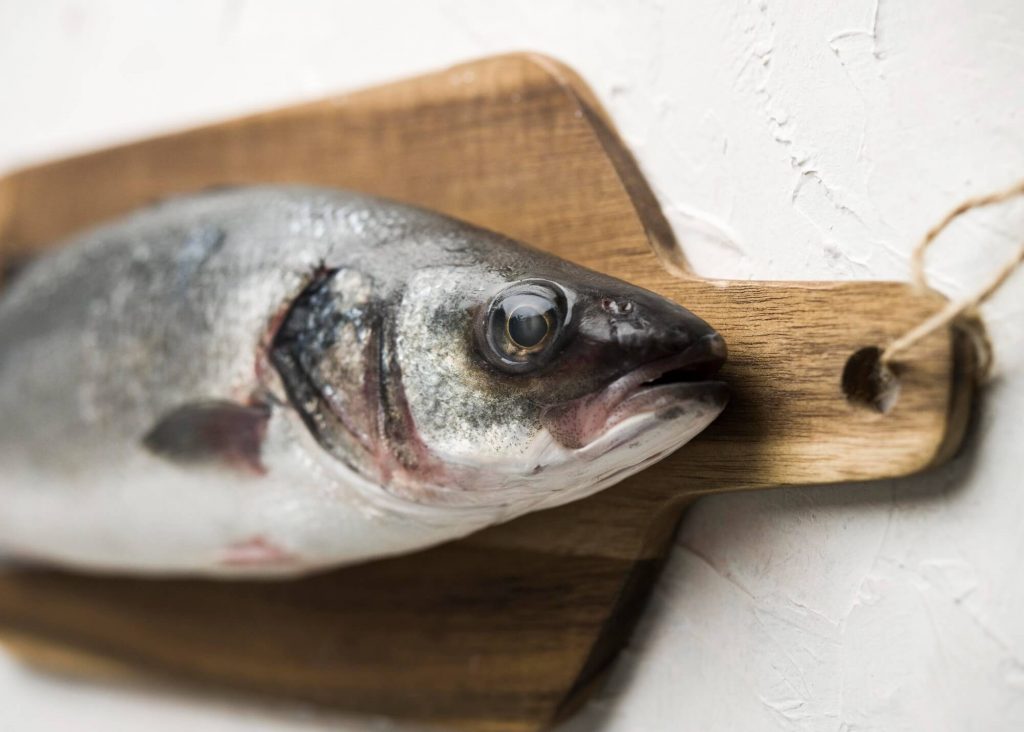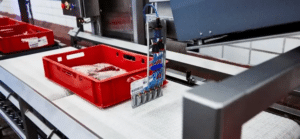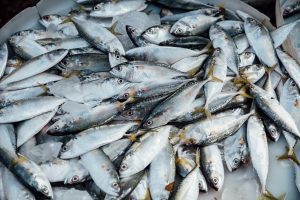Pelagic fish, the fish that live in the open ocean or the water column away from the bottom of the ocean, are not only a delicious and healthy source of protein but their by-products can also be put to good use. Pelagic fish include a variety of species, such as tuna, mackerel, swordfish, and salmon.
Because pelagic fish are often highly sought after for their commercial value, sustainable management of these fisheries is important to ensure the long-term health of both the fish populations and the marine ecosystem as a whole. Beyond filleting, there are a variety of creative uses for pelagic fish by-products that can help reduce waste and add value to the fishing industry. In this blog post, we’ll explore some of these creative uses.
Fish Oil
Fish oil is a valuable by-product that can be extracted from the livers of much pelagic fish. Fish oil is rich in omega-3 fatty acids, which are essential for maintaining good health. Omega-3 fatty acids have been shown to have a variety of health benefits, including reducing inflammation, improving heart health, and supporting brain function.
Fish oil is commonly used as a nutritional supplement, as it is an excellent source of omega-3 fatty acids. In addition to its use as a nutritional supplement, fish oil is also used in a variety of other products. For example, it is used in the production of pharmaceuticals, including medications for high cholesterol and heart disease. It is also used in the production of cosmetics, as it has moisturizing and anti-inflammatory properties that are beneficial for skin health. And last but not least, fish oil can even be used as a biofuel. Some companies are exploring the use of fish oil as a renewable energy source, as it is a sustainable alternative to traditional fossil fuels.
Fish Collagen
Fish collagen is a valuable by-product that can be extracted from the skin, scales, and bones of pelagic fish. Collagen plays an important role in supporting the structure and strength of our skin, bones, and joints. Fish collagen is similar to other types of collagen, but it has some unique properties that make it particularly valuable. For example, fish collagen has a smaller molecular size than other types of collagen, which means that it is more easily absorbed by the body. It is also rich in amino acids such as glycine, proline, and hydroxyproline, which are important for maintaining healthy skin, bones, and joints.
This type of collagen is commonly used in a variety of products, including dietary supplements, skincare products, and even some types of food. It’s also a popular ingredient for skincare products. It is often used in anti-aging creams and lotions and it is believed that applying collagen topically to the skin can help to improve the appearance of fine lines and wrinkles and to increase skin hydration and elasticity.
Like other fish by-products, fish collagen has the potential to be a sustainable and environmentally-friendly resource. By using fish collagen, we can help to reduce waste and make use of parts of the fish that might otherwise go unused. However, it’s important to ensure that fish collagen is sourced from sustainable fisheries and that any contaminants are removed during the extraction process.

Source: Freepik
Fishbone Charcoal
Fishbone charcoal is a by-product that is produced by burning the bones of pelagic fish at high temperatures. This process results in a porous material that is high in carbon content and has a variety of useful properties. This charcoal can be used as a soil amendment to improve soil fertility and crop yields. The high carbon content of fish bone charcoal helps to improve soil structure and increase the soil’s ability to hold nutrients and water. In addition, fish bone charcoal contains calcium and other minerals that are important for plant growth.
Fishbone charcoal is also used in the production of activated carbon, a highly porous material that is used in a variety of applications, including water purification, air filtration, and the production of batteries. Activated carbon is created by heating charcoal in the presence of a gas that causes the material to develop an even greater porosity, resulting in a highly effective adsorbent material.
This by-product can also be used as a source of energy. When burned, it produces a high heat output and a relatively low amount of ash. This makes it an attractive option for use as fuel in some applications.
PERUZA’s pocket-type fish nobbing & filleting machine
Pocket type fish nobbing machine is the most flexible way to process Sardines, Mackerel, Herring, Anchovie, and other pelagic fishes. This solution will produce HG or fillets and it’s adaptable for the product you desire with just a few adjustments. Modular design enables step-by-step integration. You can start with simpler products and end up with a fully automatic line if needed.
The filleting unit consists of the conveyor belt and a series of blades that cut the belly to receive belly-cut pieces as a first step and then obtain the “butterfly” or single fillets as a second step. And what are the main benefits?
- Expanded flexibility in end products
- High correct fish-cutting percentage
- Ergonomic and hygienic design
The filleting module is installed after the evisceration section. Fishes must be placed with the belly facing in the direction of travel so that they can be correctly filleted. The filleting machine inserts the fish into a series of knives, removing the excess material to obtain the required product. And the best part is the variety of the machine modification are available, so, multiple products can be produced.
Here are the main benefits of choosing pocket-type fish nobbing & filleting machine:
Clean cuts without damaging the fish;
Laser fish measurement system to reach maximum yield;
Easy maintenance and cleaning of the machine.
To sum up
In conclusion, there are many creative uses for pelagic fish by-products beyond filleting. There are a variety of ways to utilize these by-products to reduce waste and add value to the fishing industry. By exploring these options, we can help to ensure the long-term sustainability of our fisheries and the environment.
As robotics, automation, and machinery develop, you must look into the best possible solutions now. If you’re interested in learning more about how PERUZA can help you get the best results with your food processing, feel free to get in touch at info@peruza.com, and we’ll be happy to discuss the possibilities of us creating something great for your fish processing business!





